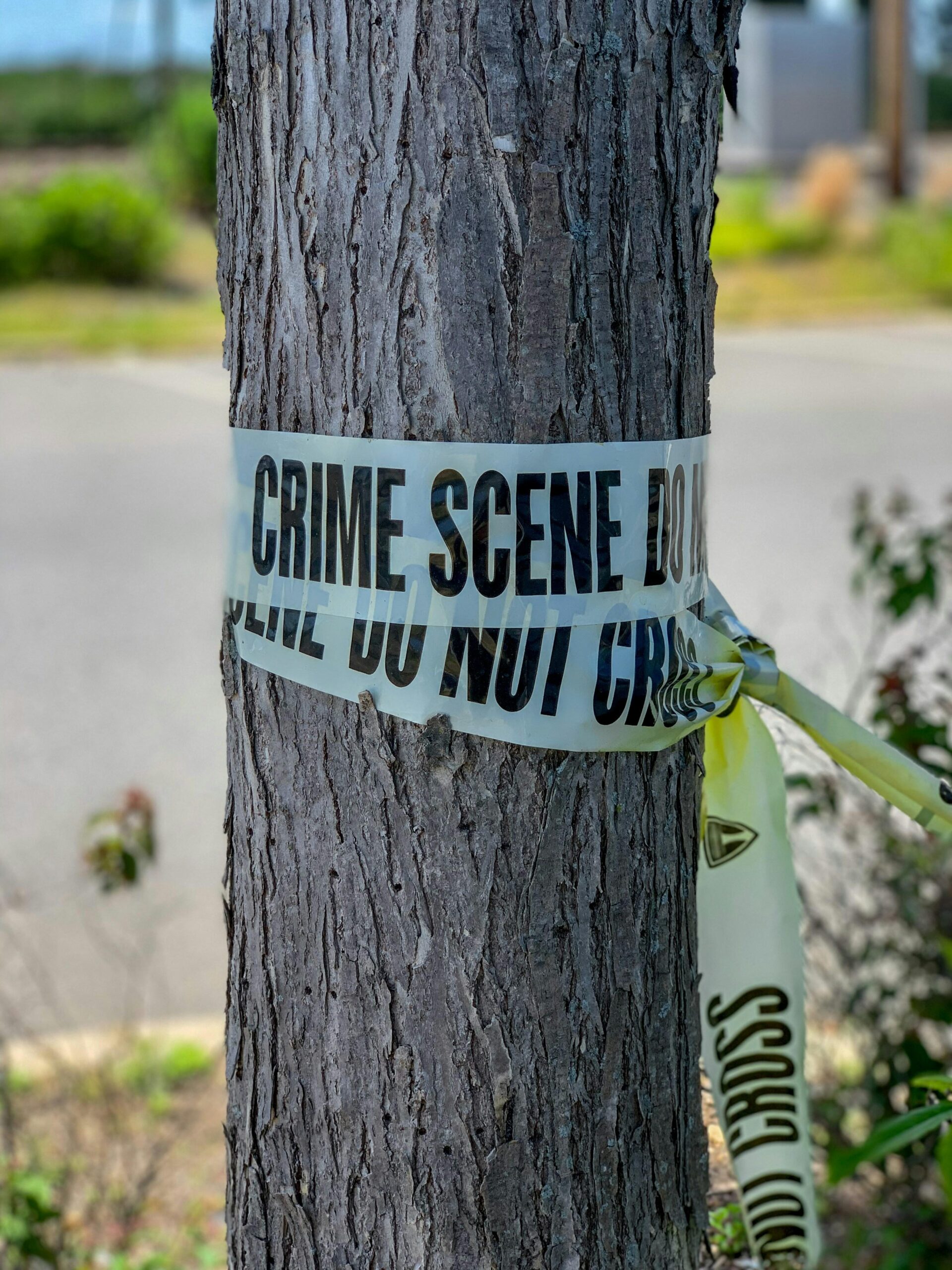Money laundering often sounds like a mysterious, shadowy process reserved for crime thrillers and blockbuster movies. But in reality, it’s a complex, global web that touches countless corners of our world—often hidden in plain sight. In this article, we’re diving deep into the secrets behind money laundering, exploring how dirty money moves across borders, hides in legitimate businesses, and slips through cracks in financial systems. Ready to unravel the tangled threads of this underground network? Let’s dig in and uncover the surprising ways money laundering shapes our world.
Table of Contents
- The Hidden Routes of Illicit Cash Flow Across Borders
- Decoding the Techniques Behind Modern Money Laundering Schemes
- How International Cooperation is Shaping the Fight Against Money Laundering
- Practical Steps You Can Take to Help Detect and Prevent Financial Crime
- Insights and Conclusions
The Hidden Routes of Illicit Cash Flow Across Borders
Behind the shimmering facades of global financial hubs lies a labyrinth of covert transactions that evade the watchful eyes of regulators. These hidden routes often weave through a series of shell companies, offshore accounts, and complex financial instruments designed to blur the money’s origin. What makes these pathways so elusive is their reliance on both technological sophistication and exploitation of regulatory gaps between countries. Notably, the convergence of digital currencies with traditional banking systems has opened new avenues, complicating the tracing of illicit cash flows. This intricate dance across borders challenges even the most advanced forensic financial investigations.
Key mechanisms facilitating this shadow economy include:
- Trade-based money laundering: Using falsified invoices and manipulated trade documents to disguise the value or quantity of goods.
- Correspondent banking: Leveraging relationships between banks from different countries to layer illicit funds through seemingly legitimate transactions.
- Cryptocurrency mixers and tumblers: Obfuscating the source of digital assets by pooling and redistributing them in confusing patterns.
These methods, when combined, form a resilient network that continuously adapts, making it imperative for global cooperation and innovative investigative tools to stay ahead in this shadow game.
Decoding the Techniques Behind Modern Money Laundering Schemes
Behind the enigmatic façade of illicit finance lies a sophisticated tapestry of clever tactics designed to obscure the origin and ownership of dirty money. Criminals leverage complex layering methods, involving multiple transactions across various jurisdictions, to create a fog of confusion. This maze often includes the use of shell companies, offshore accounts, and digital currencies, making it increasingly challenging for authorities to trace the money trail. One notable strategy involves the integration stage, where illicit funds are reintroduced into the economy by acquiring luxury assets, businesses, or even cryptocurrencies, effectively “cleaning” the money in plain sight.
Modern schemes often exploit technological advancements and regulatory gaps, blending the virtual with the physical world. For instance, the rise of cryptocurrency tumblers and privacy coins has ushered in a new era of anonymity, empowering launderers to move vast sums with minimal detection. Additionally, the use of trade-based laundering—manipulating invoices and shipping documents—exploits global commerce’s complexity. Some key techniques include:
- Structuring transactions to evade reporting thresholds
- Utilizing layered cross-border wire transfers through intermediary banks
- Employing real estate and luxury goods markets as gateways for integration
- Abusing online gaming and gambling platforms for rapid fund circulation
How International Cooperation is Shaping the Fight Against Money Laundering
Across borders, money laundering networks exploit fragmented regulations and jurisdictions, making international collaboration indispensable. Countries are now weaving a tighter global tapestry of information sharing, leveraging real-time data exchanges and coordinated investigative efforts. This synergy not only disrupts the flow of illicit funds but also exposes previously hidden layers of financial crime. Governments and regulatory bodies are increasingly united through frameworks like the Financial Action Task Force (FATF), creating a robust standard that transcends local laws and empowers global enforcement.
Beyond governmental alliances, private sectors are stepping up as crucial players in this collective battle. Banks, fintech companies, and auditing firms are participating in cross-border initiatives, utilizing advanced AI-driven monitoring systems and joint compliance programs. The result? A dynamic defense network that adapts quickly to emerging laundering tactics.
- Shared best practices accelerate the identification of suspicious behaviors;
- Unified sanctions lists halt transactions involving flagged entities;
- Collaborative training programs elevate expertise across jurisdictions.
These efforts reflect a powerful shift—transforming isolated efforts into a cohesive global front against the dark art of money laundering.
Practical Steps You Can Take to Help Detect and Prevent Financial Crime
When delving into the intricate world of financial crime, awareness is your first line of defense. Start by educating yourself and your team about the subtle signs of money laundering, such as unusually complex transactions or deposits that don’t match a customer’s profile. Establish clear internal policies that outline due diligence measures—know your customer (KYC) protocols, suspicious activity reporting, and regular audits. Harness technology to your advantage; sophisticated software can analyze large datasets and flag anomalies in real time, turning data into actionable intelligence.
Empower your organization with a culture of vigilance, where every employee feels responsible for spotting irregularities. Encourage open communication channels so concerns can be reported without fear of reprisal. Here are some practical actions to embed into your daily operations:
- Implement strict customer identification processes and monitor continuously for inconsistencies.
- Train staff regularly via interactive sessions and scenario-based learning to spot red flags intuitively.
- Collaborate with financial institutions and regulatory bodies to stay updated on evolving tactics and compliance requirements.
- Use multi-factor authentication and encryption to protect sensitive financial data against cyber threats, which often feed into laundering schemes.
Insights and Conclusions
As we peel back the layers of this intricate global web, it becomes clear that money laundering is not just a shadowy crime confined to hidden corners—it’s a complex, evolving puzzle impacting economies and societies worldwide. Though the efforts to expose and dismantle these networks grow stronger every day, the game of cat and mouse continues. The more we learn, the more questions emerge, inviting each of us to stay curious and informed. After all, understanding the forces shaping our financial systems is the first step toward building a future where transparency and justice prevail. So, what do you think lies at the heart of this clandestine world waiting to be uncovered next?












